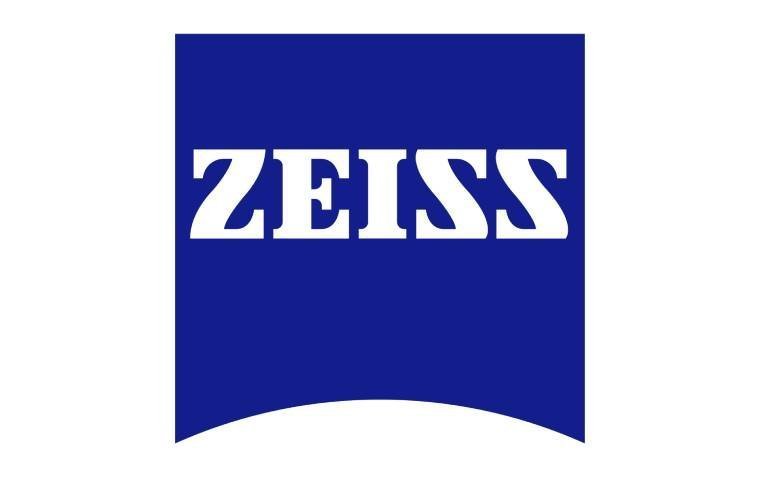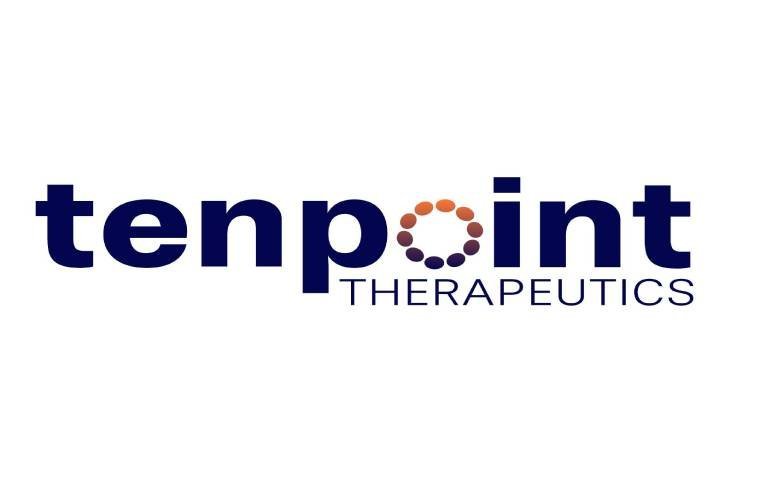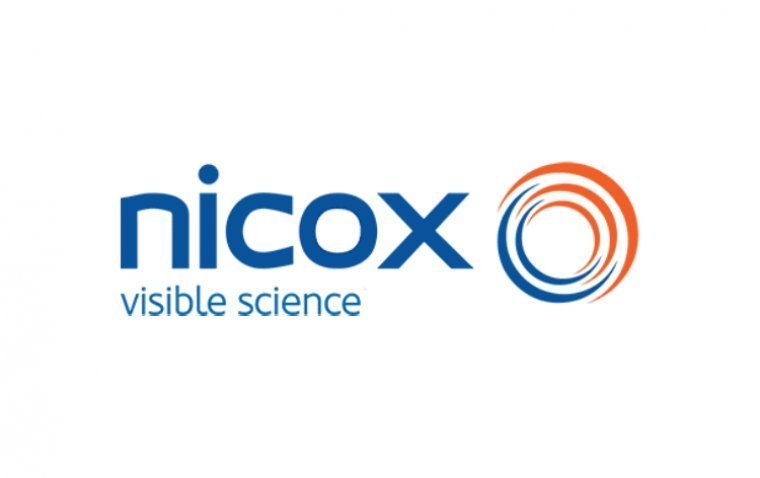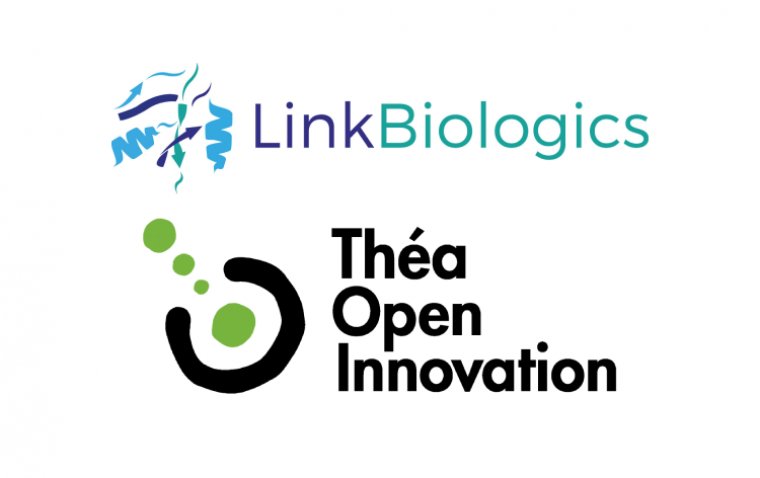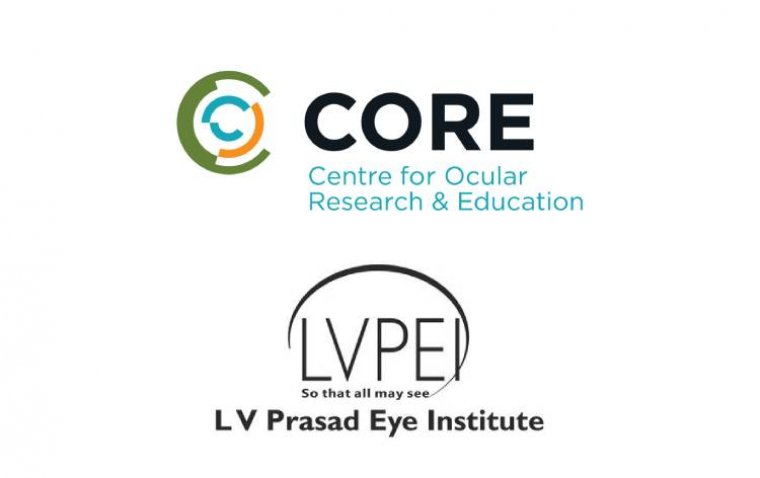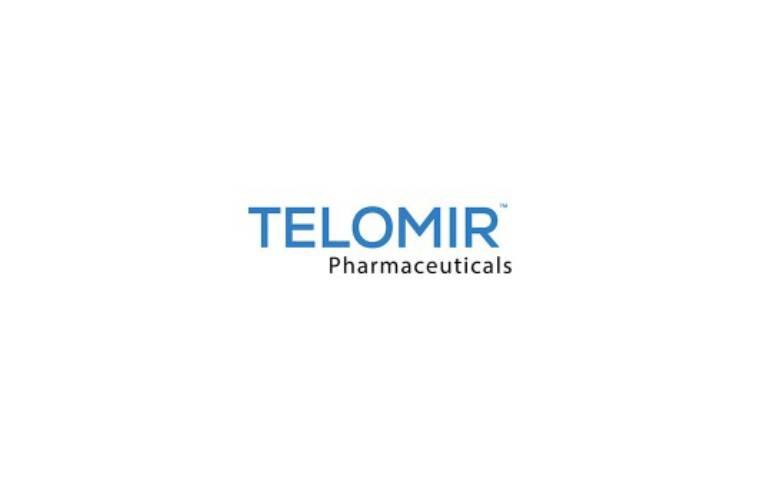
Telomir-1 Demonstrates Strong ROS Reduction Properties, Showing Potential for AMD Treatment
Telomir Pharmaceuticals has released results from its recent preclinical studies conducted in human retinal cell lines, highlighting the ability of Telomir-1 to significantly reverse copper and iron-induced elevations of Reactive Oxygen Species (ROS).
Age-related macular degeneration (AMD) remains a leading cause of vision loss, with oxidative stress and metal-induced toxicity playing crucial roles in retinal degeneration. There is an urgent need for therapies that address these root causes rather than just managing symptoms. Telomir-1 specifically targets these underlying mechanisms, positioning itself as a potential disease-modifying treatment for AMD.
Expert Insights on Telomir-1’s Potential
Erez Aminov, Chairman & CEO of Telomir, emphasized the transformative potential of Telomir-1 in the company’s news release:
“The continued success of Telomir-1 in regulating oxidative stress is further proof of its potential to transform healthcare and redefine how we approach aging and age-related diseases. Rather than merely addressing symptoms, our focus is on targeting the root causes of disease at the cellular level. Telomir-1’s ability to mitigate oxidative damage underscores its promise as a breakthrough therapy, not only for AMD but for a broader range of age-related conditions.”
Key Findings from the Study
The preclinical studies provided critical insights into Telomir-1’s mechanism of action and its potential therapeutic applications:
• Copper and iron exposure significantly increased ROS levels, accelerating oxidative stress and cellular damage in human retinal cells.
• Telomir-1 treatment effectively reduced ROS elevation, mitigating oxidative stress at the cellular level.
• Telomir-1 demonstrated strong ROS reduction properties even at low concentrations, indicating a regulatory role rather than a simple chelation mechanism, thus highlighting its high therapeutic potential for AMD.
• The oxidative stress-reducing properties of Telomir-1 may extend beyond AMD, with potential applications in other retinal diseases linked to oxidative damage.
Dr. Angel, Chief Scientific Advisor at Telomir, reinforced the significance of these findings in the company’s press release:
“Our findings reinforce the crucial role of metal ions and oxidative stress in AMD and suggest that Telomir-1 could provide a breakthrough approach to protecting retinal cells from degeneration.”
Next Steps in Telomir-1 Development
Telomir Pharmaceuticals is moving forward with AMD disease models to evaluate the efficacy of Telomir-1 in vivo. These studies aim to assess the compound’s ability to protect against progressive retinal degeneration and vision loss, paving the way for future clinical development.
Beyond AMD, Telomir is also exploring Telomir-1’s potential in treating other age-related conditions, as well as its impact on infectious diseases. The company is particularly interested in assessing how Telomir-1’s metal ion regulation capabilities may influence viral pathogenesis and immune response.
With its strong ROS-reduction properties and disease-modifying potential, Telomir-1 stands as a promising candidate in the fight against AMD and other oxidative stress-related diseases.
(1).jpg)
